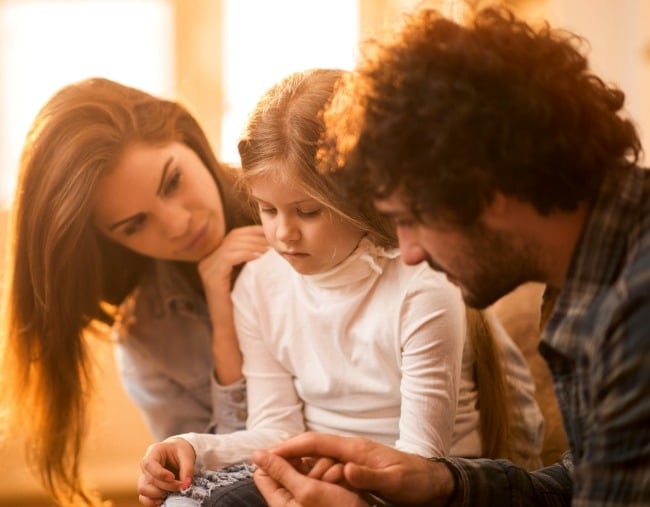
Priscilla Dunk-West, Flinders University
In Australia, around 21,000 divorces involving children occur annually. Separation and divorce can be an emotionally exhausting and difficult time, something which is recognised by the Family Court of Australia, which provides resources to assist people through the process.
Separation and divorce with children can be even more challenging, and many parents want to know the “right” way to parent now they’re no longer together.
A dominating narrative of children and divorce is around unfavourable outcomes of children whose parents have separated. But the assumption divorce is always bad for children is not correct.
Very little research has looked at “contented” separated parents’ experiences, so much of the negative outcomes for children are not based on positive post-separation parenting relationships.
Different possible arrangements.
There are many ways separated parents arrange their living, and new terms are emerging to describe non-traditional arrangements. One such arrangement is “birdnesting” in which there’s a “family home” and a secondary home: the parents move between homes, with the children always remaining in the family home.
‘Birdnesting’ is dependent on financial resources though, and participants in our soon-to-be-published study into post-divorce relationships reported the choices about living arrangements were dependent on a range of factors such as work and educational requirements, and financial resources.




























































































